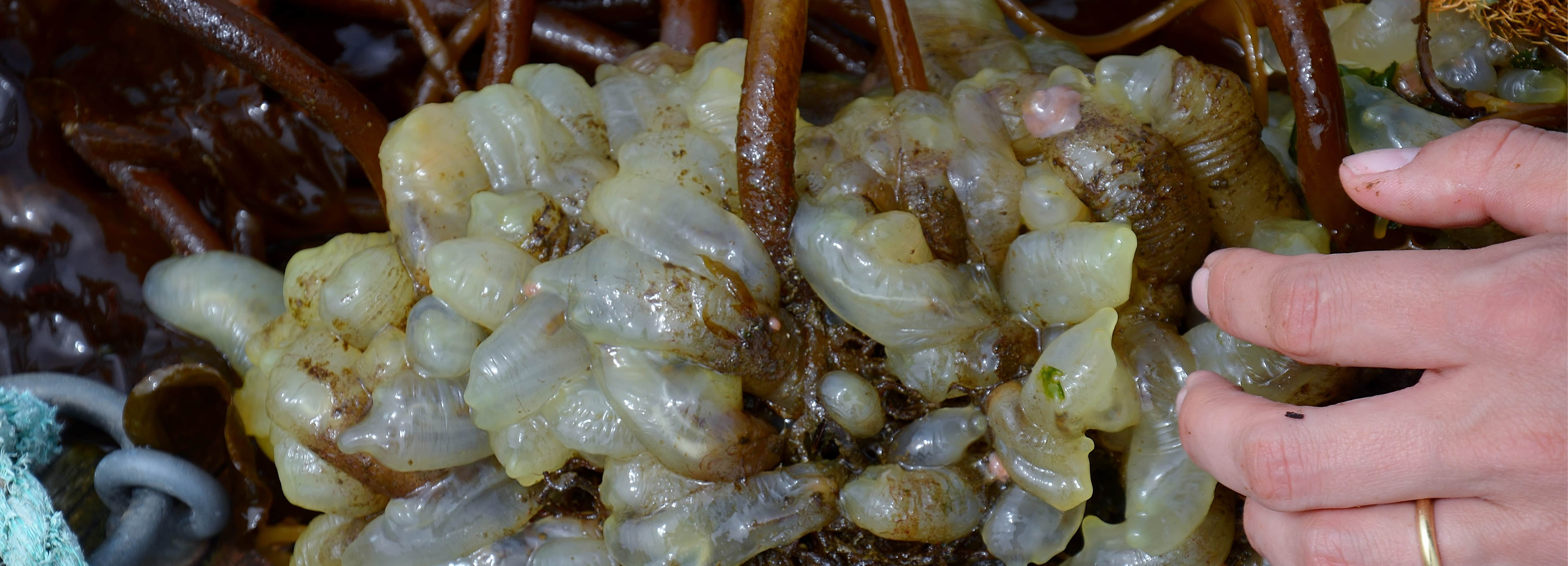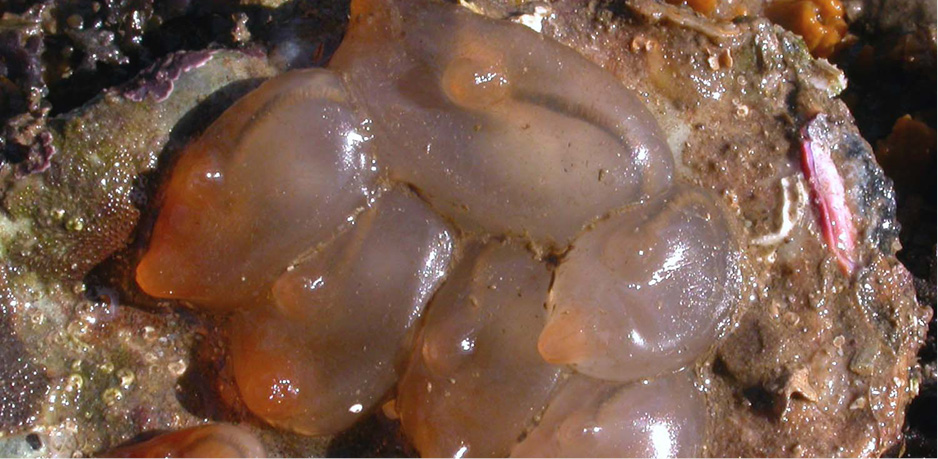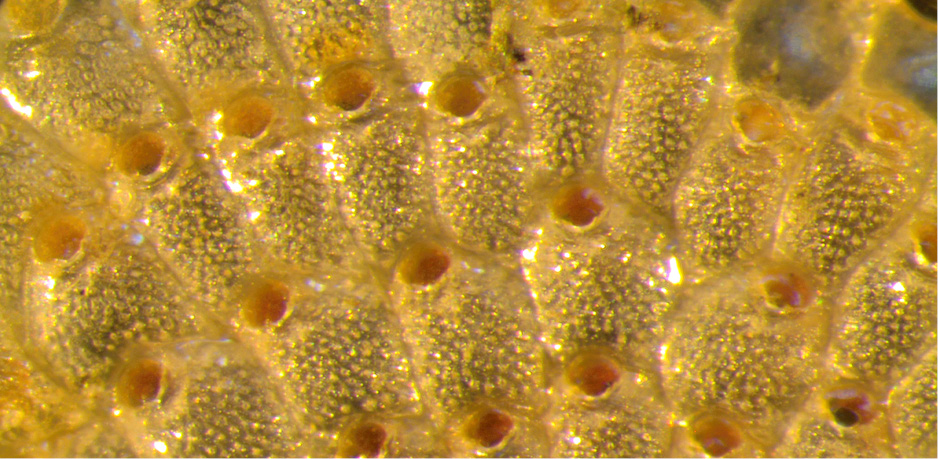Biosecurity

As part of the Shetland Islands Regional Marine Plan (SIRMP) the Marine Spatial Planning Team monitor the occurrence of introduced marine species (also known as non-native species) in Shetland. This supports the Biosecurity Plan for the Shetland Islands.
What are Non-native Species?
Non-native species are plants and animals which originate elsewhere, e.g. Asia or America, but have been brought to the UK through man’s activities. Not all introduced species are problematic, but some species can impact upon the marine environment and upon our marine industries, such as aquaculture and fisheries.
To find out more about the non-native species found in Shetland and how to record any sightings, download our identification guide below:
Where do they Grow?
Many non-native species grow on man-made surfaces, and will foul boat hulls, ropes, buoys and other structures. Many will also grow on other plants and animals, including mussels. The climate change indicator species live along the shore and in rock-pools, as well as on man-made structures.
Monitoring
There are now a number of non-native species in Shetland which have been introduced to the marine environment, some of which have been here for several decades and have been slowly spreading around the coast, and some which have been introduced more recently. A non-native species monitoring programme is undertaken by Shetland UHI, with Shetland wide monitoring starting in 2012.
More information on how the Marine Spatial Planning Team monitor for invasive species on our Monitoring page.
Getting Involved
There are many ways you can get involved, from active monitoring of non-native species to practicing good cleanliness and anti-fouling of equipment when using the marine environment.
As part of the project, we have developed leaflets for the general public, aquaculture industry, and marinas and marine users, which contain further information on several non-native species, and advice on what you can do to limit their spread and impact on Shetland.
More information can be found on our How to Get Involved in Invasive Species Monitoring page.
Useful Links
- The Scottish Government website contains information on non-native species and provides links to the Code of Practice on Non-Native Species.
- UK Check-Clean-Dry campaign. Water users may unknowingly be helping to spread invasive species from one water body to another in equipment, shoes, and clothing. Help stop this happening by following three simple steps: Check, Clean, Dry.
- GB Non-Native Species Secretariat- Information for the UK on non-native species
- DAISIE - Delivering Alien Invasive Species Inventories for Europe-Information on invasive species in Europe


